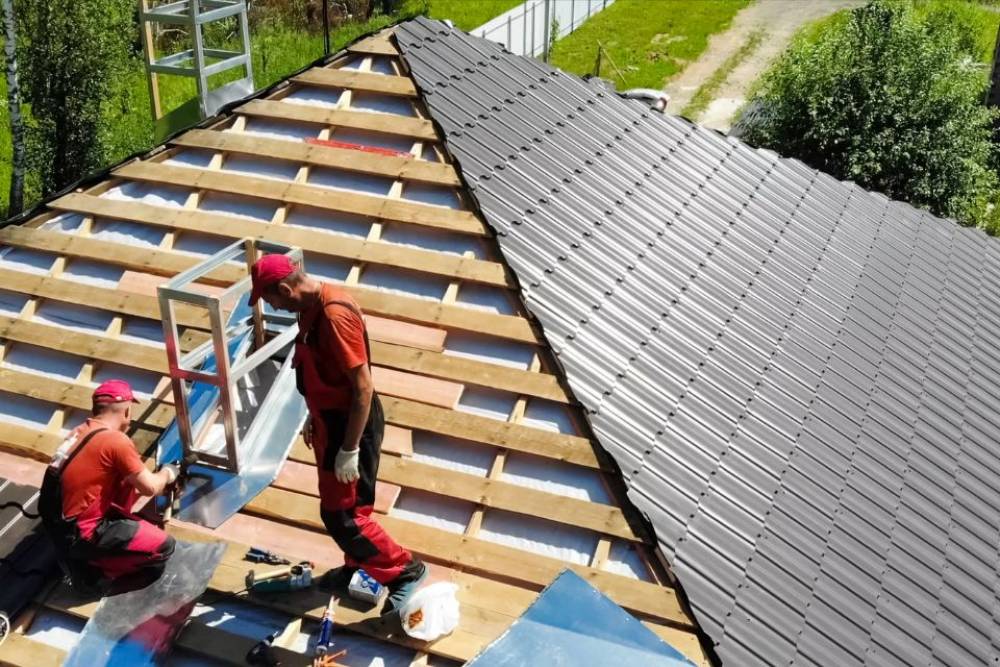
The Role of Roof Inspections in Planning for a Residential Roof Replacement
When planning for a residential roof replacement, a crucial first step is conducting a comprehensive roof inspection. This inspection is the foundation for making informed decisions about the necessary work and materials. A roof inspection evaluates the current state of your roof, identifying any existing problems such as leaks, damaged shingles, or structural issues. By thoroughly assessing these conditions, homeowners gain valuable insights into the extent of the repair or replacement needed. This process also helps determine if any underlying problems, like poor ventilation or inadequate insulation, must be addressed. Accurate information from the inspection helps set a realistic project budget and timeline, ultimately ensuring that the new roof is installed on a solid foundation.
Identifying Roof Damage and Wear
One of the primary functions of a roof inspection is to identify damage and wear that may not be visible from the ground. Inspectors typically examine the roof’s surface for missing, cracked, or curled shingles, which are indicators of wear and tear. They also check for signs of water damage, such as stains on the ceiling or mold growth. These visible signs of damage can point to more serious underlying issues like compromised structural integrity or poor drainage. By identifying these problems early, homeowners can address them before they escalate into more costly repairs. A thorough inspection by JBC Roofing Co. helps ensure that all damaged areas are addressed during the replacement process, preventing future issues and prolonging the new roof's lifespan.
Assessing Roof Structure and Components
In addition to examining the roof’s surface, an inspection assesses the overall structure and components of the roof. This includes evaluating the condition of the decking, flashing, gutters, and downspouts. Inspectors look for signs of rot or deterioration in the decking, which can compromise the roof’s stability. Flashing prevents water from seeping into joints and seams and is also checked for proper installation and condition. Gutters and downspouts are inspected for blockages or damage that could affect drainage. By thoroughly evaluating these components, the inspection ensures that all roof system parts are in good condition or will be addressed during the replacement. This comprehensive assessment helps plan a replacement that provides the entire roof system functions efficiently.
Determining the Need for Additional Repairs
A detailed roof inspection identifies immediate issues and helps determine the need for additional repairs or upgrades. For instance, if the inspection reveals inadequate insulation or ventilation, these issues should be addressed during the roof replacement. Proper insulation and ventilation are critical for maintaining energy efficiency and preventing issues like ice dams or excessive heat buildup. The inspection report may also suggest other improvements, such as installing a more durable roofing material or upgrading to a more energy-efficient system. By incorporating these additional repairs or upgrades, homeowners can enhance the performance and longevity of their new roof, ensuring it meets current standards and provides better protection.
Estimating Costs and Budgeting
The information gathered during a roof inspection is essential for estimating costs and budgeting for the replacement project. An inspection report provides a detailed account of the existing issues and the scope of work required, which helps obtain accurate quotes from roofing contractors. Understanding the extent of repairs and replacements needed allows homeowners to compare different options and make informed decisions about materials and services. Additionally, an accurate estimate helps avoid unexpected costs and ensures the project stays within budget. By incorporating the findings from the inspection into the budgeting process, homeowners can plan effectively and allocate resources appropriately for a successful roof replacement.
Planning for Timing and Scheduling
Timing and scheduling are crucial aspects of a roof replacement project, and a roof inspection plays a significant role in planning these factors. The inspection report provides an overview of the urgency of the replacement, allowing homeowners to schedule the project according to their priorities and availability. For instance, if the inspection reveals that the roof is in critical condition, the replacement may need to be scheduled sooner to prevent further damage. On the other hand, if the issues are minor, homeowners may have more flexibility in scheduling. By planning based on the inspection findings, homeowners can ensure that the project is completed promptly, minimizing disruptions and aligning with their schedule.
Selecting the Right Materials and Contractors
Choosing suitable materials and contractors for a roof replacement is a significant decision influenced by the inspection findings. The inspection report provides insights into the types of materials that are most suitable for the specific needs of the roof. For example, if the inspection reveals a high risk of ice dams, choosing roofing materials that are resistant to ice damage may be advisable. Additionally, the inspection helps identify reputable contractors capable of addressing the specific issues identified. By selecting materials and contractors based on the detailed information provided by the inspection, homeowners can ensure that the new roof meets their needs and performs effectively.
Roof inspections play a vital role in planning for a residential roof replacement. They provide essential information about the roof's condition, identify damage and wear, assess the overall structure, and determine the need for additional repairs or upgrades. This information is crucial for effectively estimating costs, budgeting, and scheduling the project. Additionally, inspections help select suitable materials and contractors and ensure compliance with building codes. By incorporating the insights gained from a thorough roof inspection, homeowners can plan a successful roof replacement that enhances the performance and longevity of their roof, providing peace of mind and protection for years to come.

